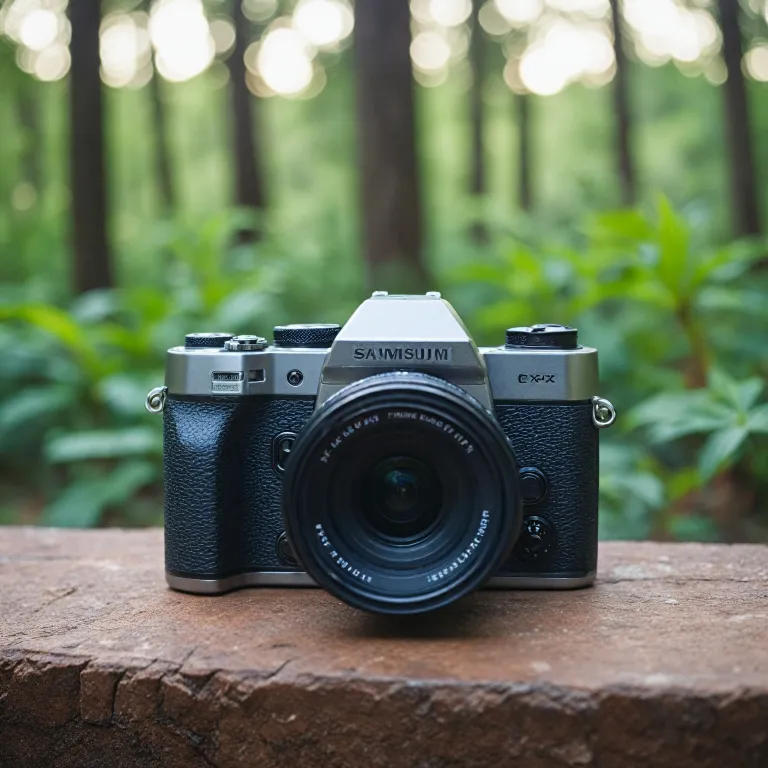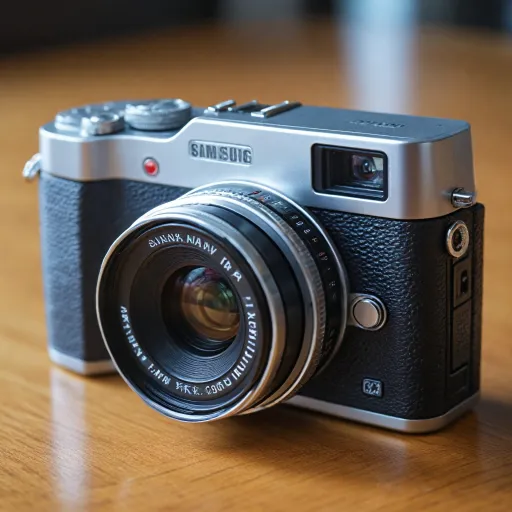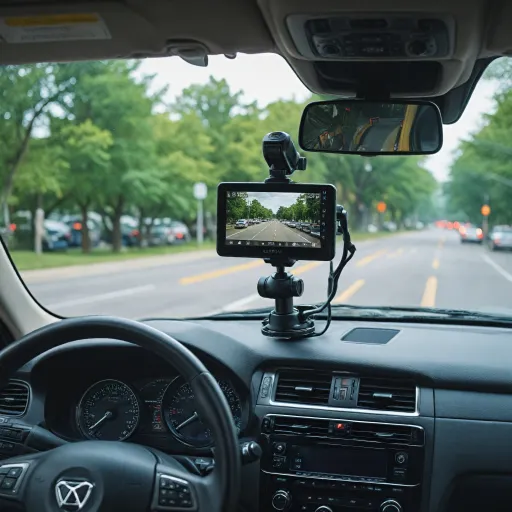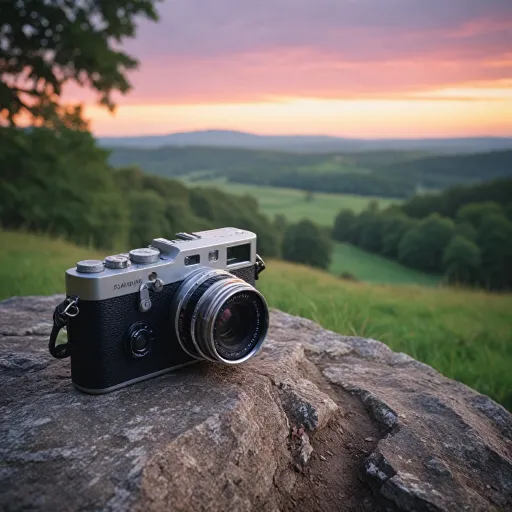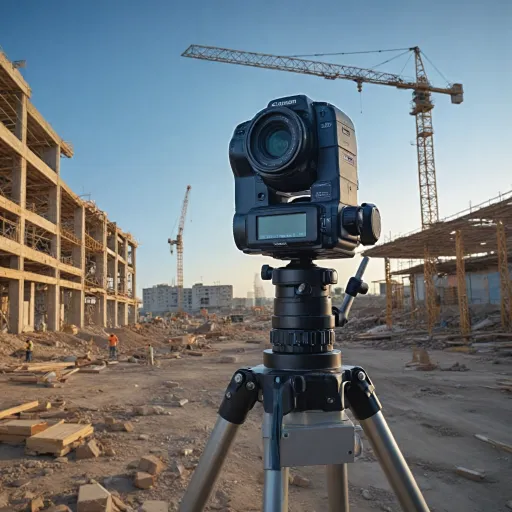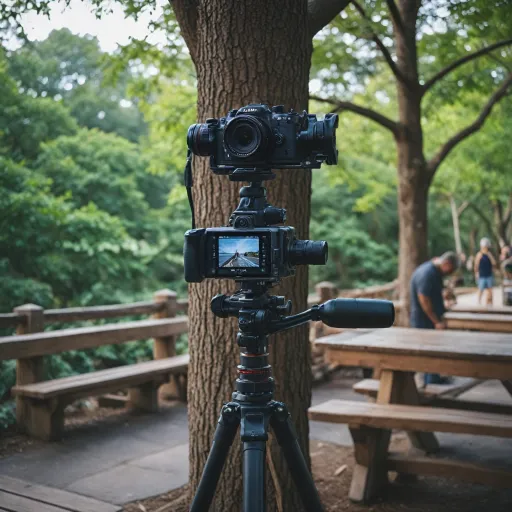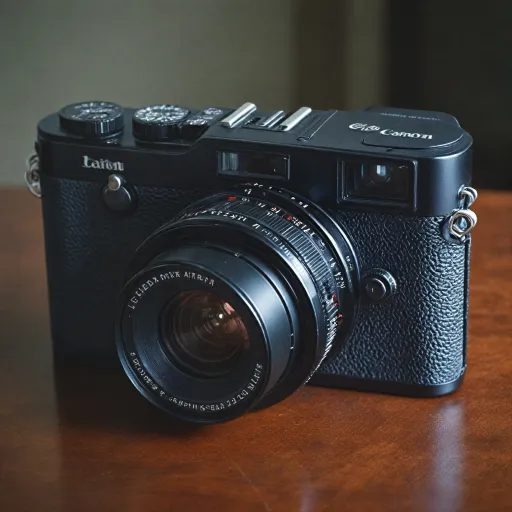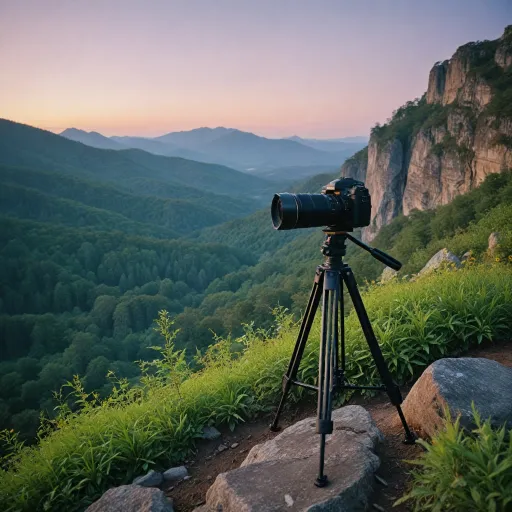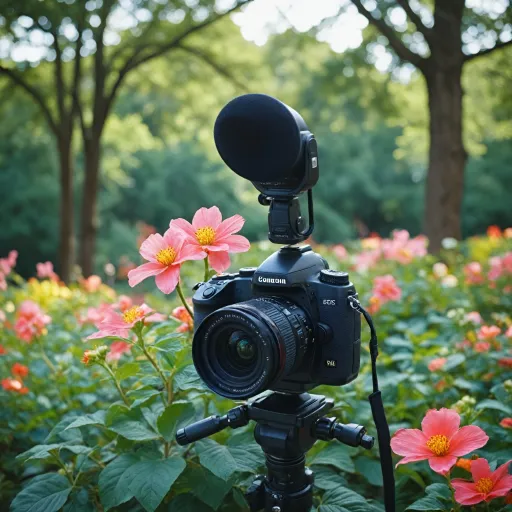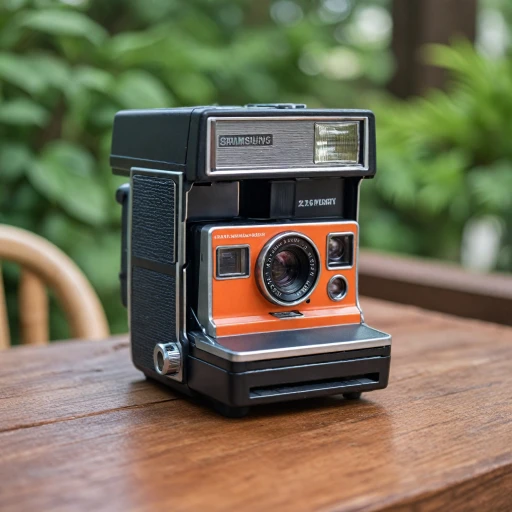
Understanding the Basics
Fundamentals of Camera Types
When diving into the captivating world of photography, understanding the fundamental differences between camera types is crucial. Primarily, we focus on two categories: point-and-shoot cameras and DSLR cameras. Point-and-shoot cameras, often referred to as compact cameras, are designed for ease of use. These cameras offer simplicity in operation without sacrificing the ability to capture quality photos. With fixed lenses and basic manual controls, point-and-shoot cameras are great for those who prioritize convenience and straightforward shooting experiences. On the other hand, DSLR cameras provide greater control and customization. These are ideal for those who wish to explore more advanced photography techniques. DSLRs come with interchangeable lenses, allowing photographers to explore various focal lengths and depths of field, which is essential for creating different artistic effects. The larger sensor size in DSLR cameras also results in superior image quality, particularly in low light conditions. Optical viewfinders are another distinct advantage, enhancing the shooting experience by providing a real-time view of the scene through the lens. It’s worth noting that while point-and-shoot models are more compact and portable, DSLRs allow for more flexibility through manual control over settings like aperture, shutter speed, and exposure. This section primarily outlines the basic differences to help you start considering what features might align with your photography goals. As you delve further into factors such as image quality, portability, and cost considerations, you'll find additional insights, such as how certain models like the Canon G5X offer remarkable features suitable for various needs. Explore the Canon G5X to see how it stands out in performance and design.Image Quality Comparison
Delving into Image Quality: An Informative Comparison
When it comes to selecting a camera that fits your photographic aspirations, understanding the nuances of image quality is paramount. Both point-and-shoot and DSLR cameras offer distinctive advantages, but the choice often boils down to specific aspects of image production like sensor size, lens capabilities, and settings flexibility. The sensor of a camera plays a crucial role in determining image quality. DSLR cameras typically boast larger sensors compared to their point-and-shoot counterparts. This allows for more light capture, resulting in richer images with greater depth and clarity. The advantages of a larger sensor are particularly evident when shooting in low light conditions, where DSLRs can achieve high quality photos with less noise. On the other hand, many modern point-and-shoot cameras are designed with technology that compensates for their smaller sensor size. These may include advanced optical zoom functionalities and clever software enhancements. However, when considering the ability to manipulate aspects such as exposure, depth of field, and shutter speed, DSLR cameras afford more control and customization options, which can be crucial for achieving professional-grade photographs. For those focusing on dynamic scenes requiring fast focus and rapid shooting speeds, DSLRs offer the advantage of faster shutter response times and a reliable optical viewfinder. Meanwhile, point-and-shoot cameras are generally more compact, making them an ideal choice for casual photography where convenience is prioritized over manual control. It's also worth noting the variability in lens options, with DSLRs allowing for interchangeable lenses, providing immense versatility and the opportunity to explore various styles of photography. In contrast, point shoot cameras usually come with a fixed lens system, making them less versatile but more straightforward to use for beginners or casual photographers. For a more comprehensive understanding of how image quality differs across camera types, check out this comprehensive guide on the Olympus Stylus, which offers an in-depth analysis of point shoot camera qualities.Portability and Convenience
Factors of Portability and Ease in Choosing Cameras
When deciding on a camera, portability and convenience are essential factors to consider, especially for photographers who are constantly on the move. Point-and-shoot cameras, also known as compact cameras, are celebrated for their simplicity and lightweight design. Designed for easy handling, these cameras offer the advantage of quickly capturing moments without the need for complex control or settings. With a built-in zoom and automated settings, shoot cameras allow users to focus on the scene rather than the technology. In contrast, DSLR cameras, while offering superior image quality due to their larger sensor and interchangeable lenses, are typically bulkier. Their weight is a small price to pay for the ability to customize settings such as aperture, shutter speed, and manual focus, which cater to those seeking advanced photography skills. Nevertheless, for a day-to-day carry, they might not offer the same ease of travel as a compact, point-and-shoot alternative. Moreover, the optical viewfinder found in many DSLRs provides a different shooting experience, important for enthusiasts who value traditional photography methods. However, maintaining a DSLR and keeping it safeguarded during action-packed travels requires a bit more dedication. To learn more about essential protection tips and accessories, check out this guide on safeguarding your action camera. Ultimately, the decision between ease of use and professional-quality features often hinges on the user's priority for portability and convenience in everyday photography.Cost Considerations
Financial Factors in Choosing a Camera
When deciding between point-and-shoot and DSLR cameras, cost is a significant factor. It's crucial to understand that the investment goes beyond just the initial purchase. While both types of cameras offer their unique advantages, there are cost-related factors to consider.- Initial Purchase Price: Point-and-shoot cameras, also known as compact cameras, are generally more affordable than DSLR cameras. They are designed for ease of use, making them ideal for beginners or casual photographers looking for high-quality photos without investing too much.
- Additional Accessories: DSLR cameras may require additional lenses and accessories to maximize their potential. The need for interchangeable lenses offers versatility in photography but also increases costs.
- Maintenance and Upkeep: Both camera types require some level of maintenance. However, DSLR cameras, with their complex workings and interchangeable lenses, might incur higher maintenance costs.
- Software and Processing: Investing in editing software can also be a hidden cost. Although both types produce quality photos that benefit from post-processing, DSLR photos often demand more in-depth editing due to their capacity for manual control over factors like aperture, shutter speed, and depth of field.
Versatility and Customization
Diverse Camera Functions for Enhanced Photography
When considering versatility and customization in cameras, DSLR models are often top of mind. They provide a range of features that cater to both novice and professional photographers. Here's why:- Control Over Settings: DSLRs allow users to adjust essential settings like aperture, shutter speed, and ISO. This level of manual control ensures that you can tailor your image captures to specific conditions, such as varying light environments or fast-moving subjects.
- Interchangeable Lenses: One of the significant advantages of DSLR cameras is the ability to swap lenses. Whether you need a wide-angle lens for landscape photography or a telephoto lens for wildlife, the flexibility of interchangeable lenses greatly expands your creative possibilities.
- Optical Viewfinder and Focus: DSLRs offer an optical viewfinder that delivers a real-time view of what you are shooting, providing clarity and precision. Additionally, their superior autofocus systems can track and maintain focus on moving subjects effectively.
- Extended Exposure Options: With DSLRs, you have the ability to manipulate depth of field. By adjusting aperture settings, you can achieve high-quality photos with a soft focus background or a sharp image detail, enhancing the artistic appeal of your photography.
Choosing the Right Camera for Your Needs
Matching Your Photography Goals
When it comes to choosing the right camera for your photography needs, it all boils down to understanding what you want to achieve. Each camera type offers distinctive features that cater to different shooting styles.
If you are drawn to capturing high quality, professional-level photos and videos, a DSLR camera might be your best bet. The advantages of a DSLR include superior image quality, interchangeable lenses, and greater control over settings such as aperture, focus, and depth of field. These cameras are designed for those who want to dive deep into manual control.
On the other hand, if you value portability and ease of use, a point-and-shoot camera could be more suitable. These cameras offer convenience with their compact size while still able to capture quality photos under varied lighting conditions. They are ideal for casual shooters who prefer automatic settings over manual adjustments.
Assessing Practical Needs
It's essential to consider how often and where you plan to use your camera. For frequent travelers or individuals keen on spontaneous photography, the compactness of a point shoot camera can be a significant advantage. It allows quick captures without the need to fiddle with complex settings.
Conversely, for projects demanding meticulous attention to detail and intricate shoot setups, the versatility of a DSLR camera is unmatched. These cameras offer extensive control over exposure, shutter speed, and optical zoom capacities, making them perfect for both photography enthusiasts and professionals alike.
Budget and Long-Term Investment
Your budget is another crucial factor. While DSLRs may require a more substantial initial investment due to the cost of lenses and other accessories, they serve as a long-term investment for those serious about photography. In contrast, point and shoot cameras provide a cost-effective solution for capturing life's moments without breaking the bank.
Understanding these varied aspects should guide you toward the camera that aligns perfectly with your objectives, whether driven by artistic ambition, convenience, or both.
